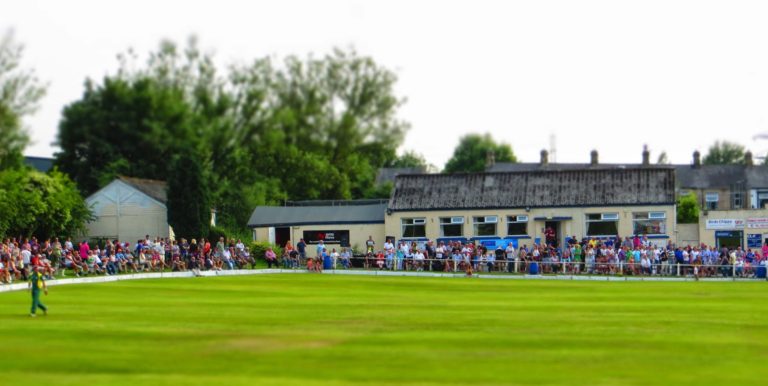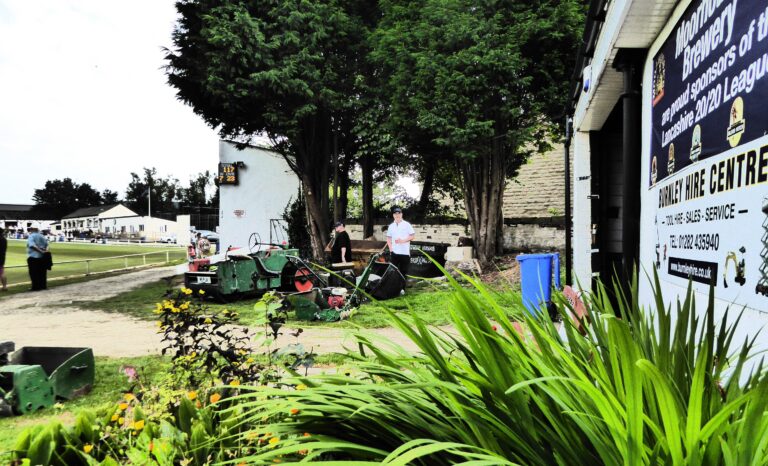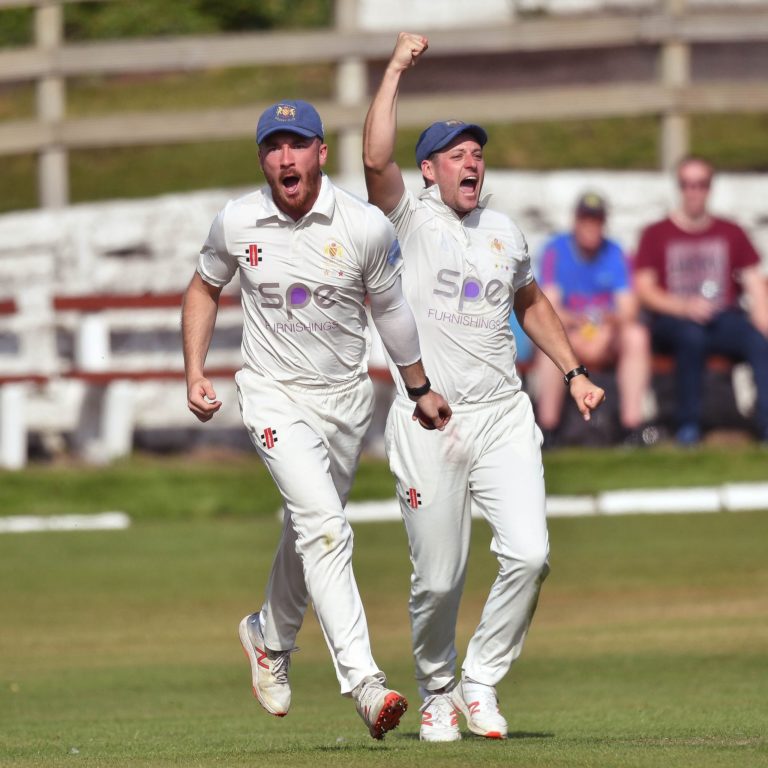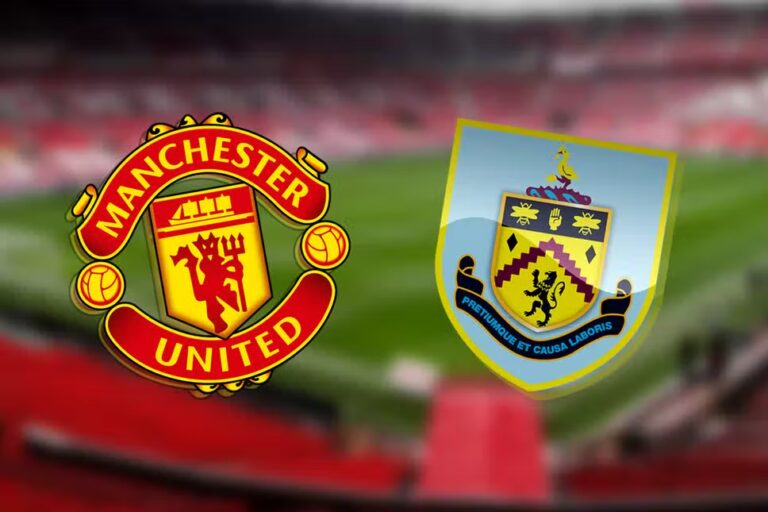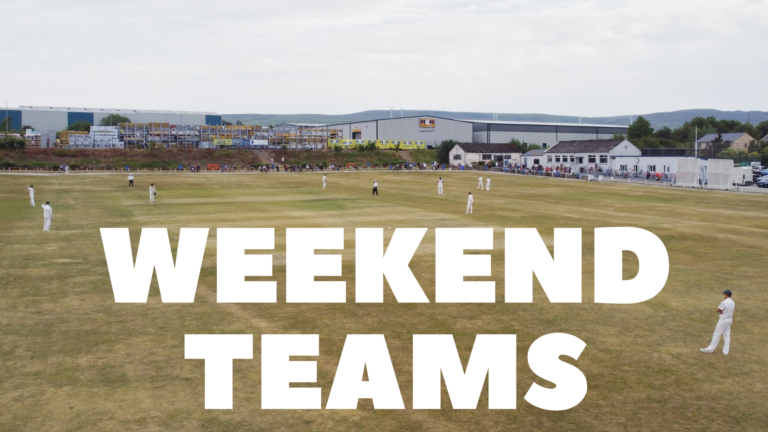The Worsley Cup – Who was Worsley?
How the Worsley Cup began.
The Worsley Cup is now over 100 years old, and has its roots in
In the run up to WW1, Henry and Tom Worsley, represented two generations (second (?) cousins) of two branches of a cotton manufacturing dynasty, which between them owned a host of mills in Haslingden and beyond, and employed hundreds of people. They were keen supporters of Haslingden CC, where they were both at various times Chairman and President. Henry was particularly active and his becoming President in 1908 is credited with reviving the club’s ailing finances.

“Whilst affable to the last degree, he will maintain his beliefs unflinchingly”. (Haslingden Gazette 4/9/1909)
Henry Worsley (1865-1930) was a Conservative Councillor, Magistrate, Alderman, twice Mayor of Haslingden in 1909 and 1910, Freeman of the Borough, and sat on every important committee going, including Lancashire County Cricket Club.
When the League was suspended in 1916, Alderman (his title was always used) Henry Worsley was a prime mover in keeping cricket alive in his locality. For 1917, he organised a league formed of Bacup, Rawtenstall, Haslingden and Ramsbottom and donated a trophy for the winners of an end of season play off between the top two teams. Joshua Hacking J.P., of Enfield CC provided a trophy for a league comprising East Lancashire, Accrington, Church and Enfield, and Sir John Henry Maden of Bacup provided a trophy for a knock-out competition between all eight teams. So there you have a Worsley Cup and a knock-out competition, just not yet in the right order.
The following season, 1918, the two leagues plus Rishton combined, so the Hacking cup went to the highest placed team from the East Lancs. group, and the Worsley Cup to the highest placed team from the Rossendale group. All 9 teams plus Burnley, Nelson, Colne and Lowerhouse contested the knock out Maden Cup.
When the full League started up again, in 1919, Messrs. Hacking, Worsley and Maden agreed to loan their trophies for a “sectional” play off competition. The two highest placed teams from three geographical districts, played off for a trophy, the Hacking Cup went to the Blackburn district, the Maden Cup to the Rossendale district and the Worsley Cup to the Burnley and Pendle District. Read more on the Lancashire League website.
Although there was a League programme in 1919, normality only really returned in 1920, when the League also announced a new knock-out competition for a silver trophy donated by “our enthusiastic colleague Alderman Worsley” (Secs. report, Lancs. League Handbook 1921). Already commonly known as the “Worsley Cup”, this title was made official at the League meeting in December 1920. This gave the competition a brand name which is still recognisable 100 years later.
In their 1998 Cup Final programme, Colne offered this summary of the initial rules,

Nelson won the Worsley Cup in 1920, followed by Haslingden in 1921. This great photo of the Haslingden team and officials is courtesy of Nigel Stockley.

Alderman Worsley is fourth from the right, Councillor Tom Worsley is fourth from left on the back row, in front of the grand old pavilion. At the time Tom was President, and Henry was Chairman.
They could never have imagined that whilst their cotton empire would crumble, their cricket trophy would live on, and still be as keenly contested, over a century later!
ac 3 Aug. 2023.

